All-weather pros: The tough routine of Russian meteorologists
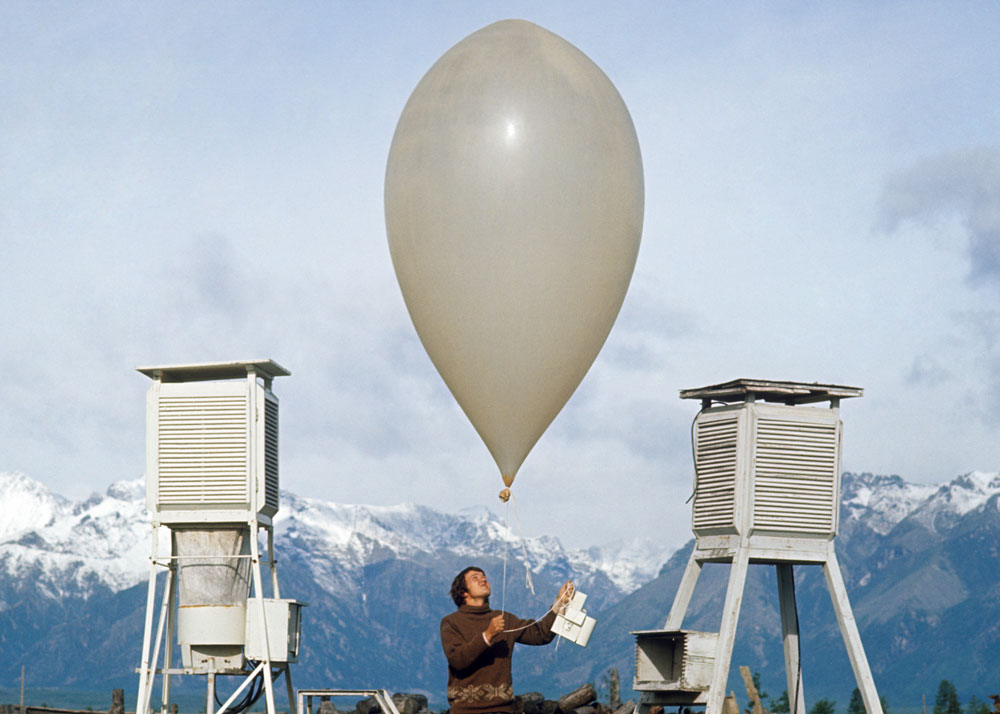
An employee checks the weather balloon at the upper-air synoptic station in the town of Chara, Eastern Siberia.
Grigory Kalachyan/TASS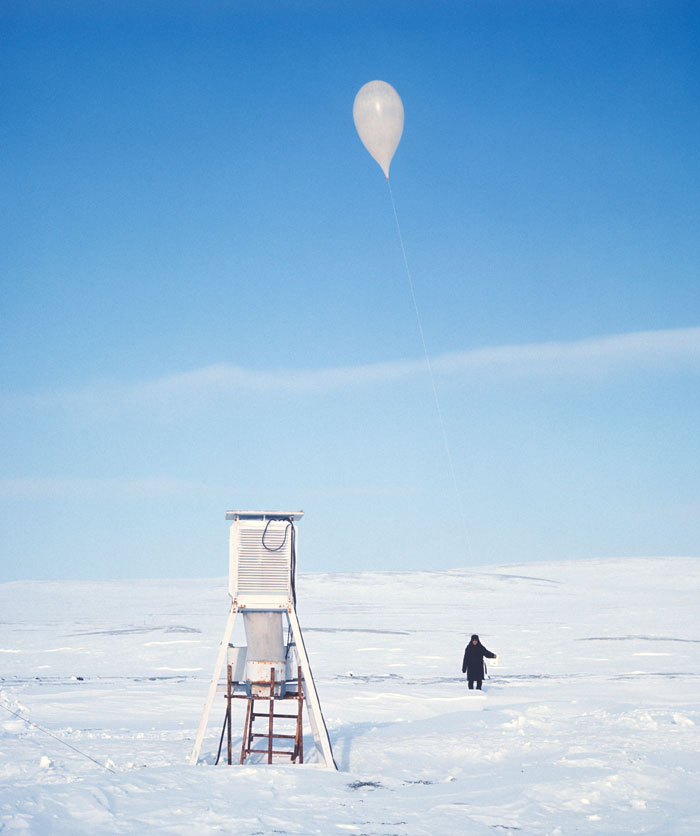
1973. Meteorological station on Bering Island near Kamchatka.
G. Nadezhdin/RIA Novosti
Russia's first weather stations appeared in Siberia in the 18th century. Since 1834 scientists have undertaken observations on a regular basis. // 1972. Meteorologist Galina Ostashkova at the weather station in the Pamir Mountains (today's Tajikistan)
Yury Kuydin/RIA Novosti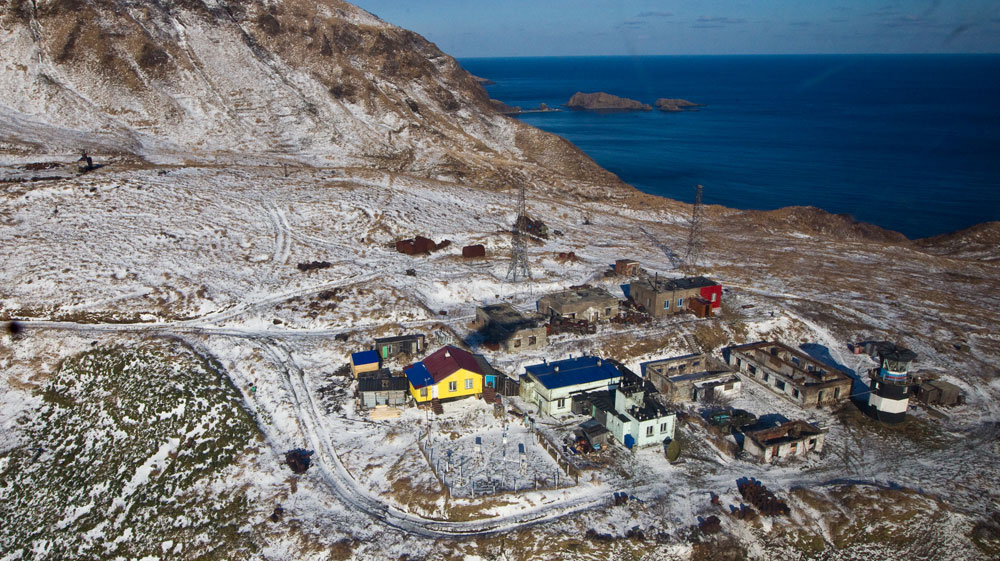
Often working under extreme conditions, meteorologists retain the pioneering spirit of intrepid explorers of uncharted lands. // Weather station on Moneron Island close to the Russian-Japanese border.
Sergey Krasnoukhov/RIA Novosti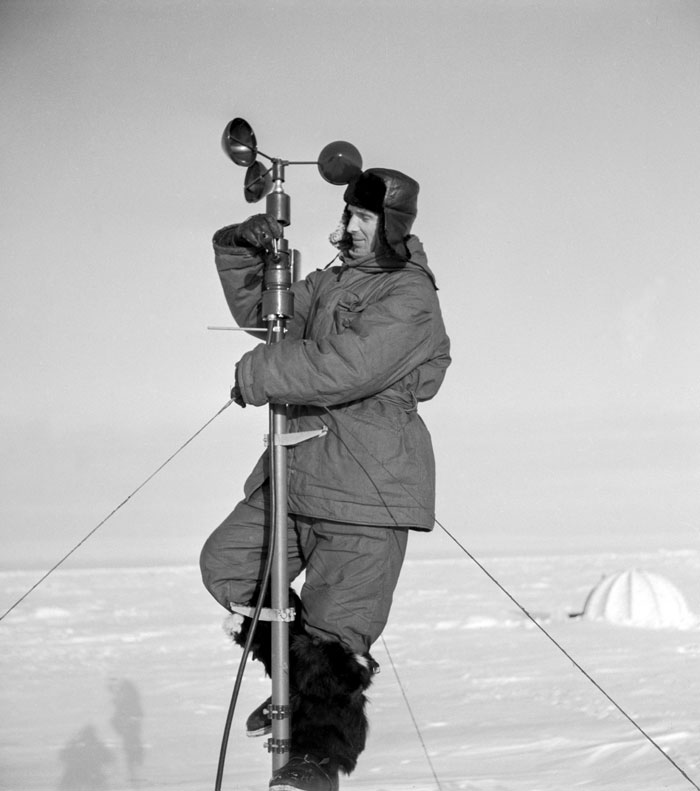
Weather stations can be found in the most remote places, including ice-bound islands in the Arctic Ocean and the world’s highest mountains. // 1957. An employee at the “North Pole-5” drifting research station.
Vasily Egorov/TASS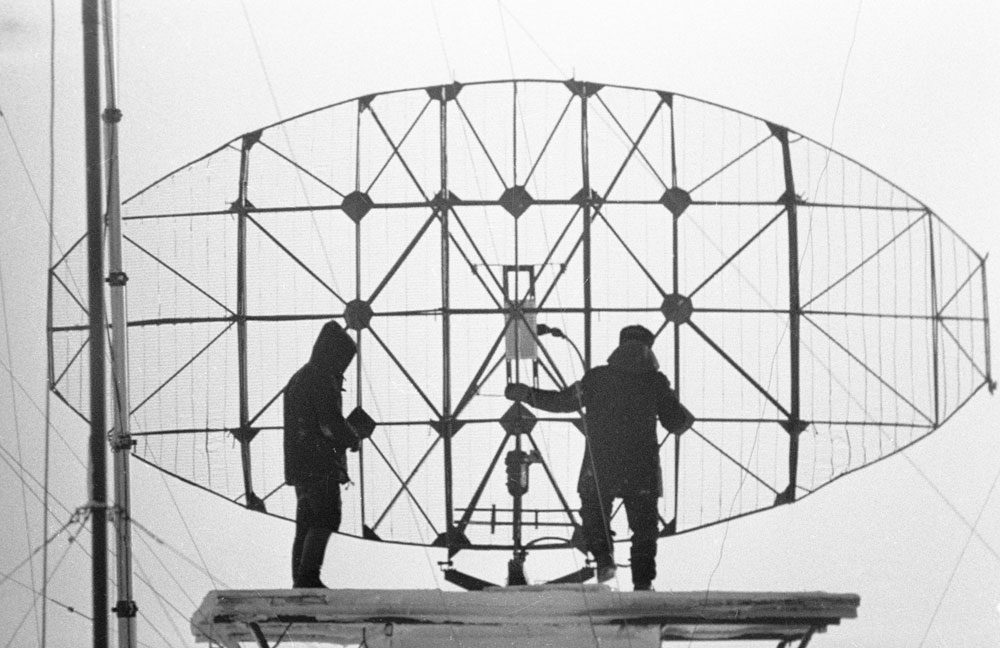
1977. Meteorologists adjust the radar at the weather station on Cape Cheluskin, the northernmost point of Eurasia.
Roman Denisov/RIA Novosti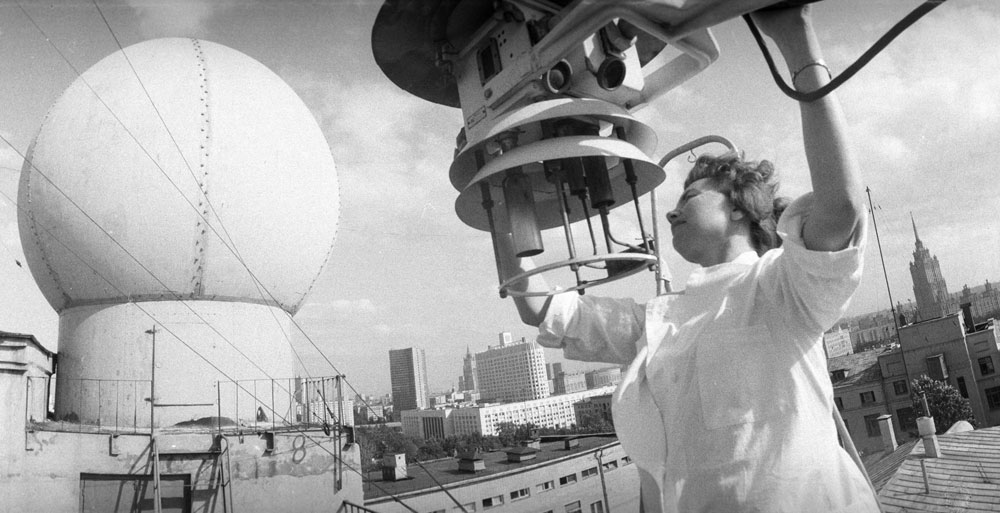
1981. Automatic weather station in Moscow.
Vitaly Karpov/RIA Novosti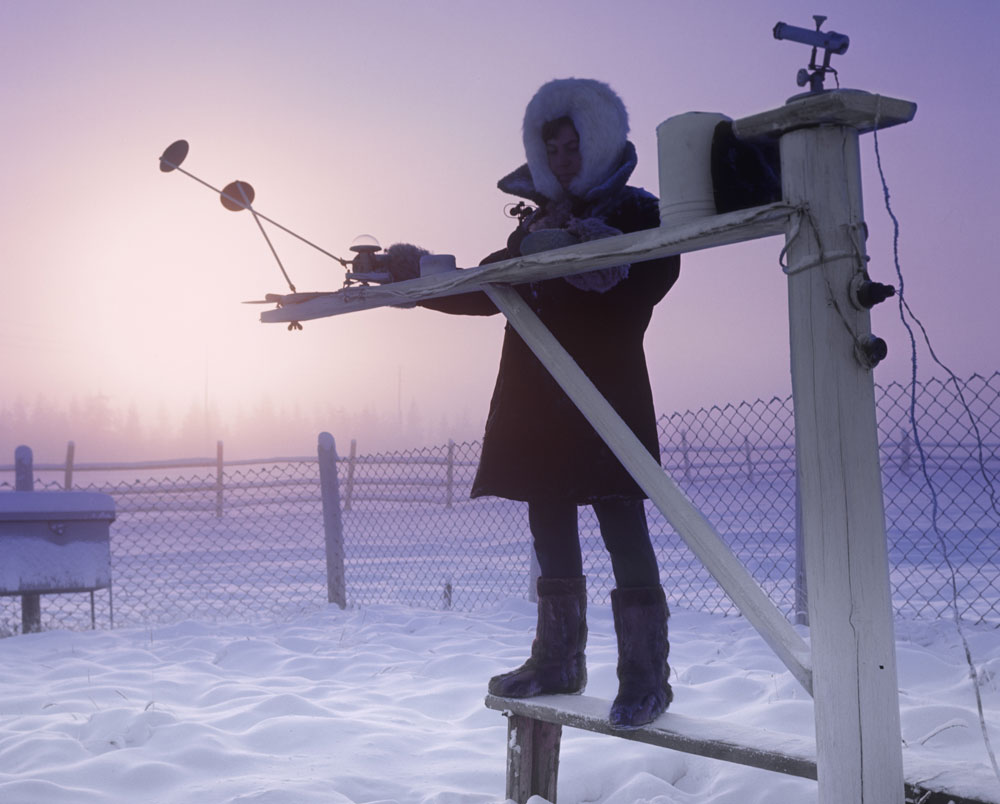
With its vast territory Russia always needs to be on top of the weather. Therefore, Russian meteorologists celebrate World Meteorological Day with a deserved sense of self-worth. // Meteorologist Ludmila Furseva measures solar radiation at the weather station in Verkhoyansk, Yakutia. With its record low of −69.8 °C (-93.6ºF), Verkhoyansk is one of the places considered as the northern Pole of Cold.
V. Yakovlev/RIA Novosti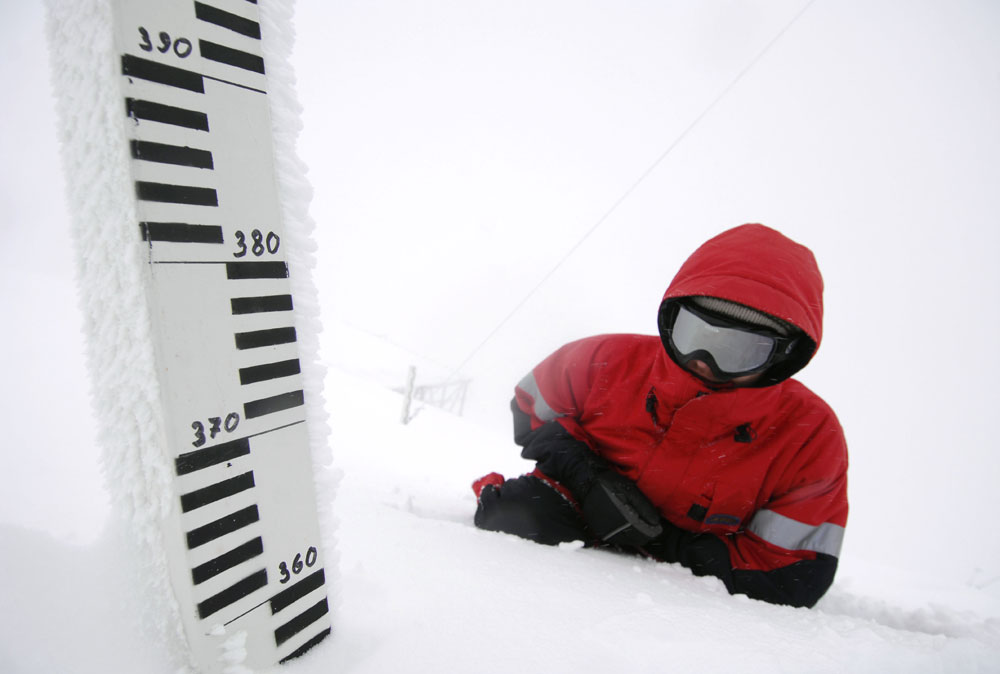
An employee measures the snow cover depth at the Aibga weather station in the Caucasus Mountains outside Sochi.
Mikhail Mordasov/RIA NovostiSubscribe
to our newsletter!
Get the week's best stories straight to your inbox